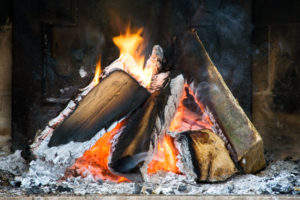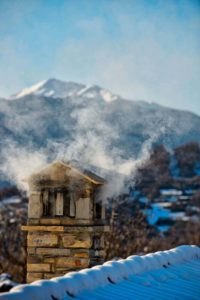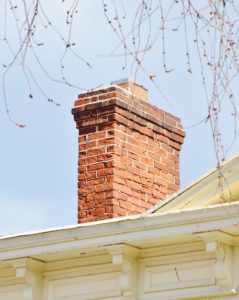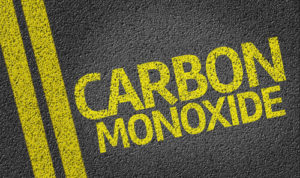Is There Too Much Creosote In Your Chimney?
People who have chimneys in their home no doubt know about the obvious dangers that they come along with, including blazing chimney fires. However, creosote poses a serious risk if it is left to accumulate in the chimney and many homeowners are unaware of it. Understanding this chemical compound and what it can do is essential to maintaining a home that is healthy and safe for the entire family, even those who do not come into direct contact with the fireplace or chimney.
Creosote is a combination of chemicals that is used to treat wood and coal. When these materials burn in the fireplace, they leave a layer of the creosote behind on the inside of the chimney. Over time, the creosote will accumulate and then the family may have to face a number of different risks if they do not properly take care of it.
One of the biggest risk factors associated with creosote is that it is extremely flammable. It would take only a small spark from the fireplace to ignite the entire chimney. This can start a fire that will not only damage the structure of the chimney but that could potentially spread throughout the home. This is an especially significant risk in the event of negative air pressure, which sends material from the chimney into the home instead of out of the flue.
If creosote or smoke from burning creosote enters the air, everyone in the home will be at risk for health issues. Inhalation of creosote has been linked to a number of serious health problems, including respiratory illnesses as well as damage to various organs. These effects have been especially severe in the cases of children. Although some conditions can be treated, it is also possible that the effects of creosote could be fatal if left untreated over time.
In addition to doing internal damage, creosote can be dangerous for anyone who comes into physical contact with it. Just a bit of exposure can cause minor skin irritations and, in some people, severe rashes on the skin. The substance can also cause significant damage if it comes into contact with the eyes. Not only will it cause a painful irritation, but it has also been connected with a loss of sight.
Anyone who burns treated wood and coal in their fireplace should assume that they have at least some creosote inside of their chimney. There is no avoiding the residue when the treated material is burned. However, there are other signs that there is a significant accumulation of the material in the chimney. For example, when it burns, creosote will have a distinct smell that should come straight through the fireplace and into the home.
The best way to deal with accumulation of creosote is to have a cleaning by a professional chimney sweep at the end of each cold weather season. Since there are so many health dangers associated with it, the average, untrained person should not attempt to clean it up on their own. A chimney sweep has the proper tools and training to safely rid the chimney of excess creosote. An annual cleaning is the best way to keep the chimney safe and clear.
Creosote is a typical problem for anyone with a fireplace but it is a fairly easy issue to manage. Remember to have a chimney sweep come in each year to clear it out and to check for any damage to the chimney. Failure to take care of this could result in illness, physical injury, and devastating chimney fires. Let a professional bring peace of mind along with an efficient heating system.





 Carbon monoxide is very hard to detect, and exposure of carbon monoxide poisoning is also very hard to detect. The symptoms of a person who is exposed are often confused for the common cold or flu. Whether sudden exposure to a large amount or a slow leak, there can be serious permanent damage to your health, if left unchecked. You should pay attention to the following
Carbon monoxide is very hard to detect, and exposure of carbon monoxide poisoning is also very hard to detect. The symptoms of a person who is exposed are often confused for the common cold or flu. Whether sudden exposure to a large amount or a slow leak, there can be serious permanent damage to your health, if left unchecked. You should pay attention to the following 


